Having fun on our mountain bikes – that’s what we’re all about, isn’t it? Sure, we would also like to be faster than our buddies, but how do you actually become a better rider? We have put together seven practical tips for you to take your riding technique and MTB skills to the next level!
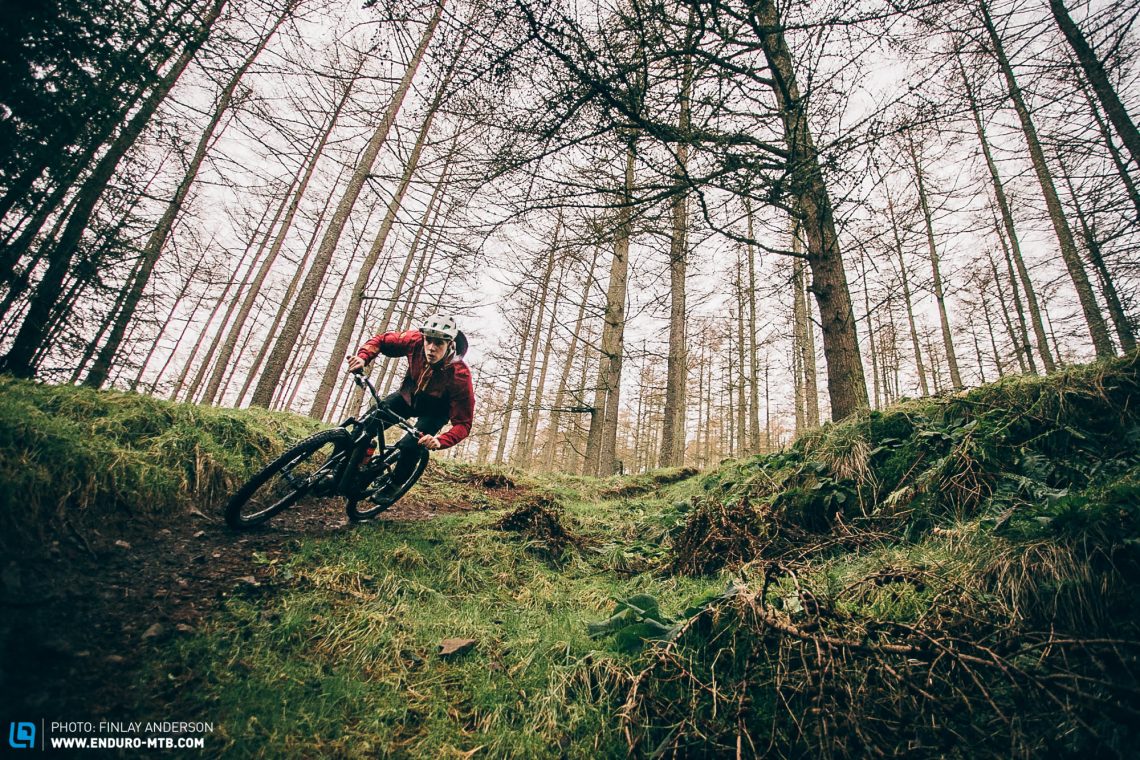
Shred the pump track for skills and strength

Pump tracks are to mountain bikers what the tutorial section of a video game is to console hugging kids – a perfect environment to improve nearly all aspects of our riding skills, not to mention our strength and fitness. One hour is more than enough to completely tire yourself out, and the berms, jumps and rollers are excellent for practising skills that will take your trail riding to the next level. The perfectly sculpted corners and transitions let you achieve zen-like levels of flow and give you a playground to find a near-infinite amount of new lines, linking berms and jumps and gapping over rollers like a supercross racer. Your imagination is the limit!
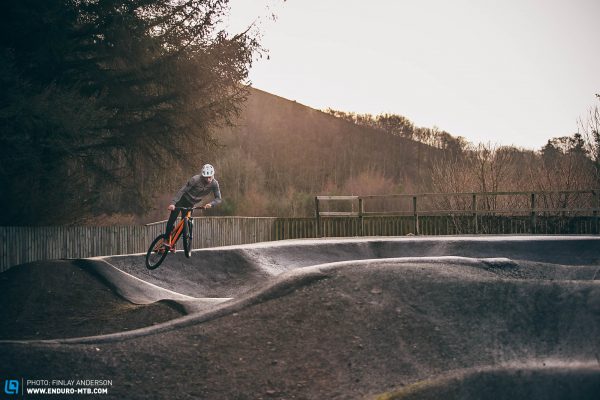

However, a pump track session not only improves your bike skills. The motion of pushing your bike through the undulating terrain and unweighting over the crests of rollers is similar to the range of movement used in compound exercises like squats and push-ups. The added bike-specific body tension and positioning mean pump track laps can also be a direct and beneficial replacement for that boring gym session that you always put off after a long day at work.
Timed downhill runs on a short segment of trail

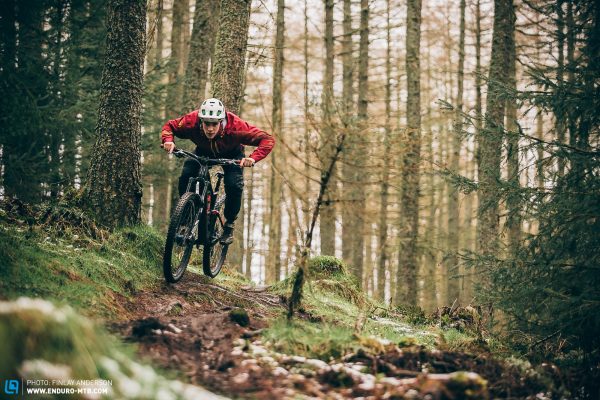
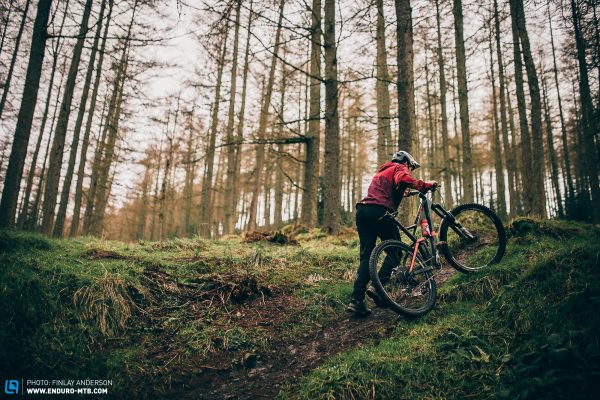
Doing repeated timed runs of a short yet technical section of trail is a super useful tool for improving your riding, and is a technique used by the world’s fastest racers. The process of repeating a trail over and over whilst monitoring your time is an effective way of improving the smoothness of your riding as you learn how proper line-choice can equate to noticeable time differences. A good trail for this exercise should be between one and two minutes long and have a relatively short and simple climb back to the top. This way, you will be able to remember the key sections of the trail and notice how different line choices affect the timed runs. STRAVA is a useful tool for this, however, inaccuracies can occur. For those looking for the most reliable timing, we would recommend using a small, bar-mounted stopwatch.
Chainless/ No pedalling runs
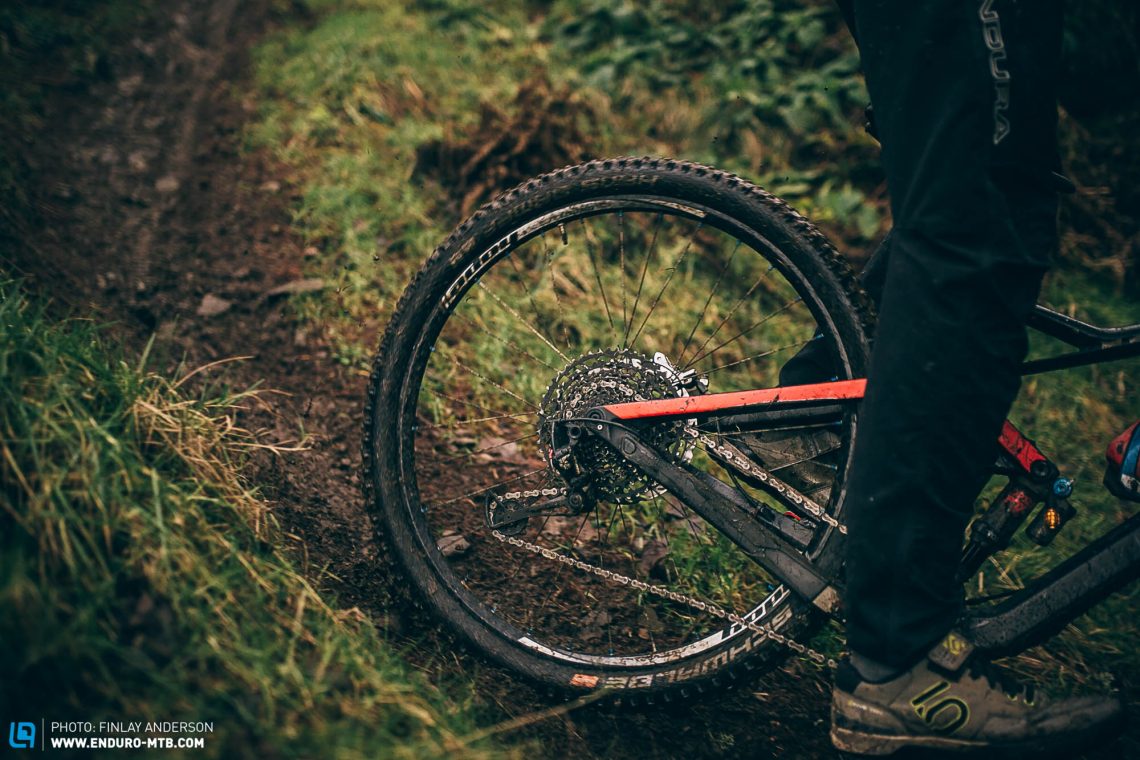
It’s time to channel your inner Aaron Gwin! Timed runs can be taken to the next level by doing them pedal-less. Not allowing yourself to pedal may feel counterintuitive at first, but it will greatly exaggerate the importance for smooth lines and brakeless cornering as you’ll not be able to make up lost time by hitting the pedals hard on the next straight. This is a great way of teaching yourself to ride smoothly and to carry speed through crucial sections. It also forces you to generate speed in ways other than pedalling, such as pumping undulations in the trail and hopping over roots and rocks that would otherwise slow you down.
Interval lap

This is another exercise taken out of the book of pro racer’s training tips. Although, we have to warn you it will not be as fun as the others! You will need to establish a short loop, with a challenging climb that is not much longer than 10 minutes and leads straight into a technical descent. The loop is to be completed as fast as possible, with minimal amounts of rest between laps. Make note of how many laps you can manage in an hour and aim to improve every time. This training method will not only benefit your fitness on the climbs but also help to improve your skills when riding under fatigue, which is beneficial for anyone, especially those who are planning to race an enduro or two this year.
Urban riding
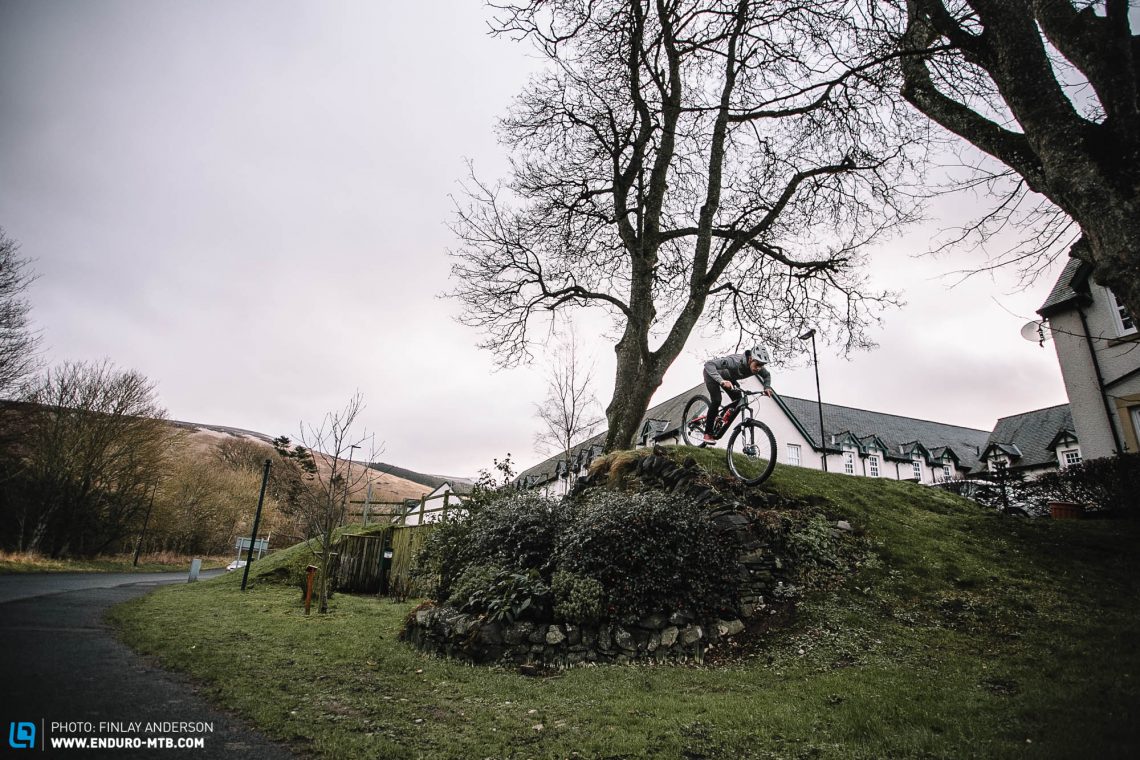
Of course, everyone dreams of having trails just minutes from their place of work, however, many of us just aren’t that lucky… That doesn’t mean that you can’t improve your riding skills in the space of a lunch hour though! The steps, drops, curbs and improvised takeoffs found in most urban environments can actually be very similar to the features on your favourite singletrack. One benefit of practising on urban features, other than their accessibility, is that they allow you to isolate the skill from the rest of the trail and let you really focus on the technique. Steps and curbs are great for practising drops and hops and make measuring progression easy.

The skill of finding ridable lines in an environment that is not designed to be ridden develops your eye too, and you will soon be discovering new lines on your local trails that you may have never seen before!
Gravel riding
If fitness is what you are pursuing but time is of the essence then gravel and fire road riding is your best friend! The obvious bike of choice is a purpose-built gravel bike with drop bars, but if drop bars aren’t your thing this could also be the perfect use for your old hardtail or even your everyday trail bike. The advantage of riding on fire roads is that it is easier to keep your heart rate in specific zones, which is very beneficial when training. Taking a gravel bike off-road onto forest trails and singletrack can also be a refreshing experience, as the lack of suspension and wide tires will fine-tune your skills and balance, and make mellow trails feel like a whole new challenge.

Back to basics

Choosing a skill you struggle with and taking it away from the trail is a great way to learn and progress. Spending time practising skills such as bunnyhops in an empty car park or open space allows you to isolate the movement from any distractions, and really focus on the fundamental motions of the skill in a controlled environment.
With a little dose of creativity, there are a lot of fun ways to improve your MTB riding skills. Whether you’re waiting on your riding buddy at the trailhead, sneaking in some practice during the lunch break or during your weekend ride, there’s always time to sharpen up those skills. So use our ideas, or get inspired and create your own, and most importantly have fun riding your bike! Let’s get shredding! We’ll see you on the trails.
Did you enjoy this article? If so, we would be stoked if you decide to support us with a monthly contribution. By becoming a supporter of ENDURO, you will help secure a sustainable future for high-quality mountain bike journalism. Click here to learn more.
Words & Photos:









